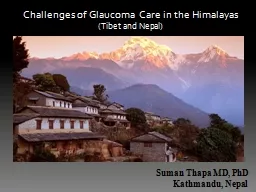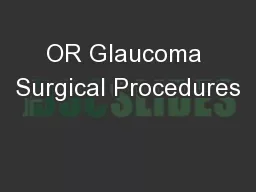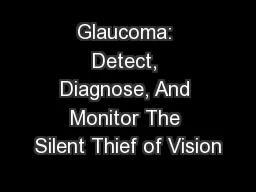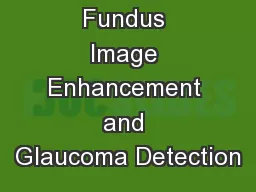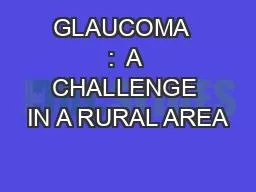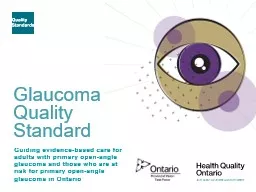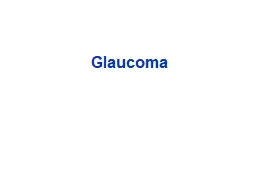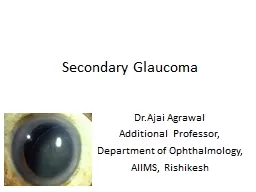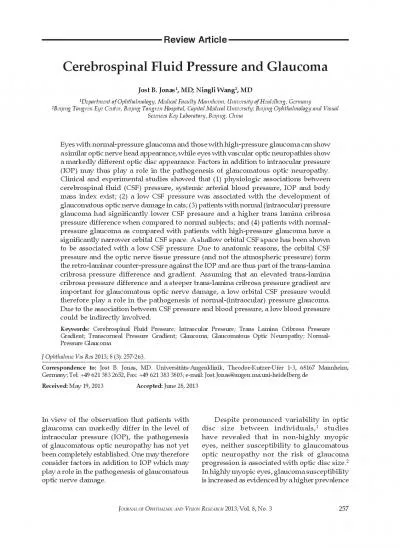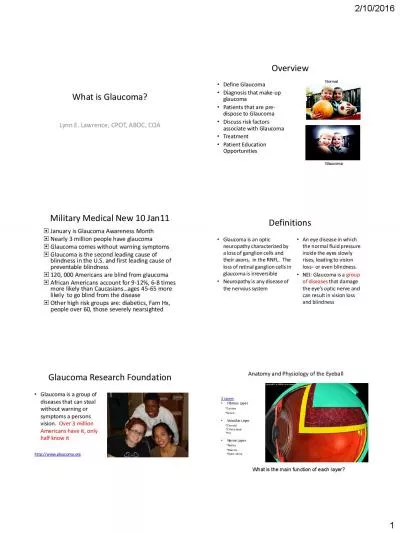PPT-Challenges of Glaucoma Care in the Himalayas
Author : faustina-dinatale | Published Date : 2016-10-26
Tibet and Nepal Suman Thapa MD PhD Kathmandu Nepal Worldwide problem Glaucoma S econd leading cause of blindness after cataract Resnikoff WHO 2002 Leading
Presentation Embed Code
Download Presentation
Download Presentation The PPT/PDF document "Challenges of Glaucoma Care in the Himal..." is the property of its rightful owner. Permission is granted to download and print the materials on this website for personal, non-commercial use only, and to display it on your personal computer provided you do not modify the materials and that you retain all copyright notices contained in the materials. By downloading content from our website, you accept the terms of this agreement.
Challenges of Glaucoma Care in the Himalayas: Transcript
Download Rules Of Document
"Challenges of Glaucoma Care in the Himalayas"The content belongs to its owner. You may download and print it for personal use, without modification, and keep all copyright notices. By downloading, you agree to these terms.
Related Documents

